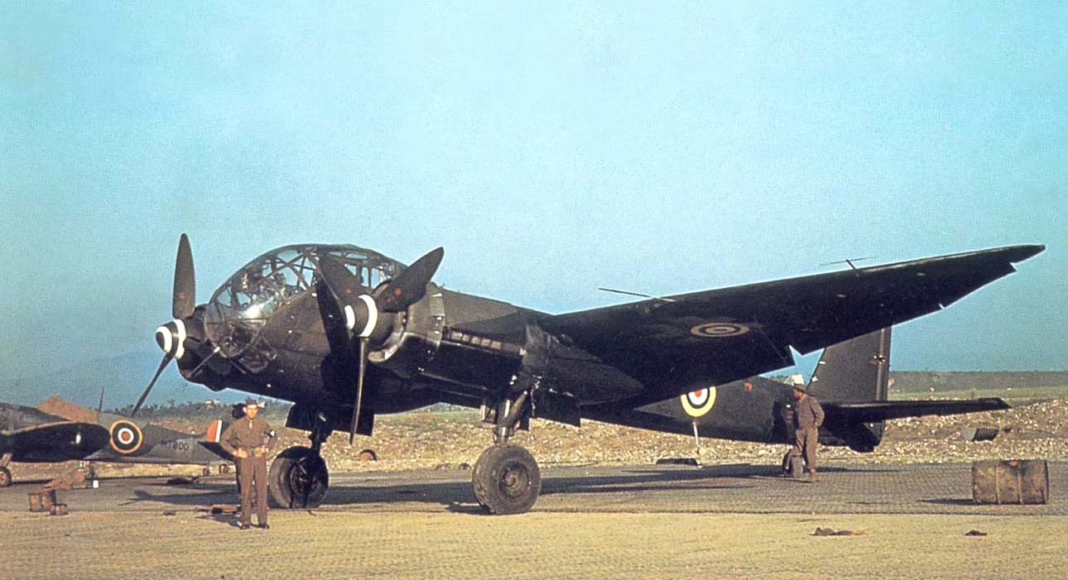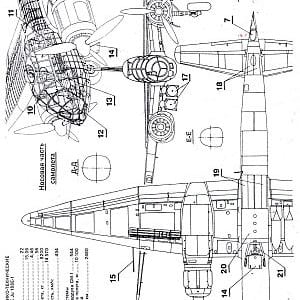Junkers Ju 188 History
In 1939 Junkers had the Jumo 213 engine in advanced development and, to go with it, the aircraft side of the company prepared an improved Junkers Ju 88 with larger yet more streamlined crew compartment, more efficient pointed wings and large squarish tail. After protracted development this went into production as the Junkers Ju 188E-1, fitted with BMW 801s because the powerful Jumo was still not ready. The plant at Bernburg delivered 120 E-1s and a few radar equipped turretless E-2s and reconnaissance F versions before, in mid-1943, finally getting into production with the A-1 version.
During the summer of 1943, the first Ju 188E-1s were delivered to Erprobungskommando 188, a unit formed specially for introduction of the aircraft into operational service. In August 1943, Erprobungskommando 188 was redesignated as the 4th Staffel of I./KG 66 under Maj Helmut Shmidt. I./KG 66 had been formed in April 1943 at Chartres from 15./KG 6 and operated a mixed collection of Dornier Do 217s, Ju 188s and Ju 88Ss on pathfinding duties. The Gruppe’s first operation with the Ju 188 over the British Isles was on 18 August, 1943, when Lt Hans Altrogge led three aircraft to bomb the Ruston and Hornsby factory at Lincoln.
In September 1943 a number of Junkers Ju 188 aircraft were delivered do the specially formed Eroprobungsstaffel of KG 6, and I.Gruppe of the Geschwader completed its conversion to the aircraft in October. KG 6 lost its first Ju-188E-1 on the night of 8/9 October when 3E-KF (c/n 260204) was shot down by a de Havilland DH.98 Mosquito. The Ju188s of I./KG 66 normally carried two 500 kg (1,100 lb) SC 500 high explosive bombs, and eighteen 50 kg (110 lb) LC 50 marker bombs which burned with a green, whit, or yellow flame for about four minutes.
The Junkers Ju 188 initially caused some confusion among the British defences as its pointed wings bore some resemblance to those of the Mosquito, and, in a few unhappy cases, the British machine was attacked in error.
Leipzig/Mockau built the A-2 with flame-damped exhaust for night operations and the A-3 torpedo bomber. The D was a fast reconnaissance aircraft, and the Ju 188S was a family of high-speed machines, for various duties, capable of up to 435 mph (696 km/h). Numerous other Junkers Ju 188 versions, some with a remotely controlled twin-MG 131 tail turret led to the even faster and higher-flying Ju 388 family of night fighters (J), reconnaissance (L) and bomber aircraft (K). Altogether about 1,100 Junkers Ju 188 and about 120 388s were delivered, while at the war’s end the much larger and markedly different Ju 288 had been shelved and the Ju 488, a much enlarged four-engined 388, had been built at Toulouse.





